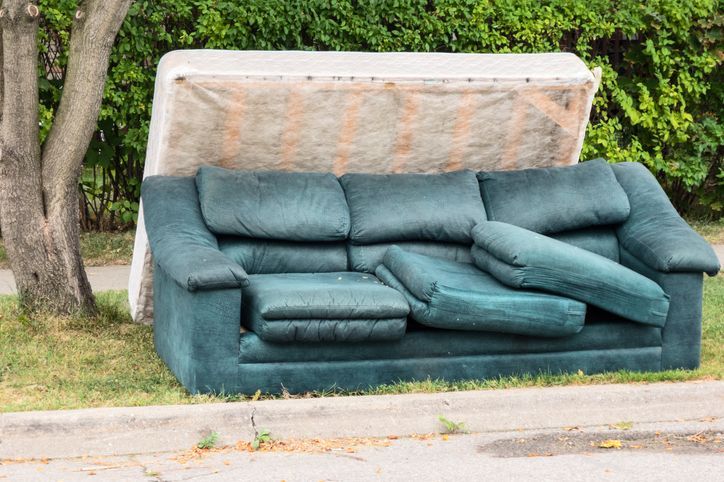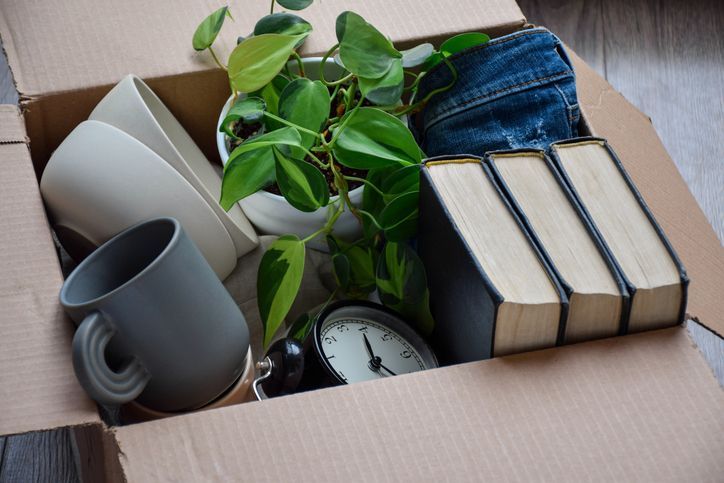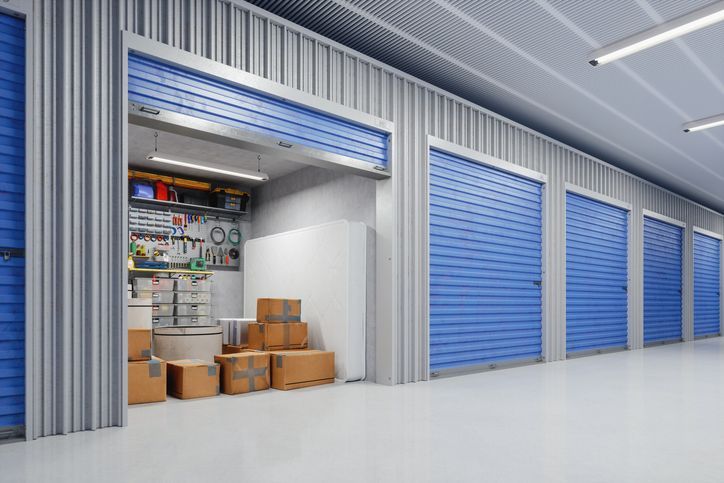
GET A FREE QUOTE TODAY - CALL US (724) 216-3496
How to Organize a Storage Unit
Tips for Organizing Your Storage Unit
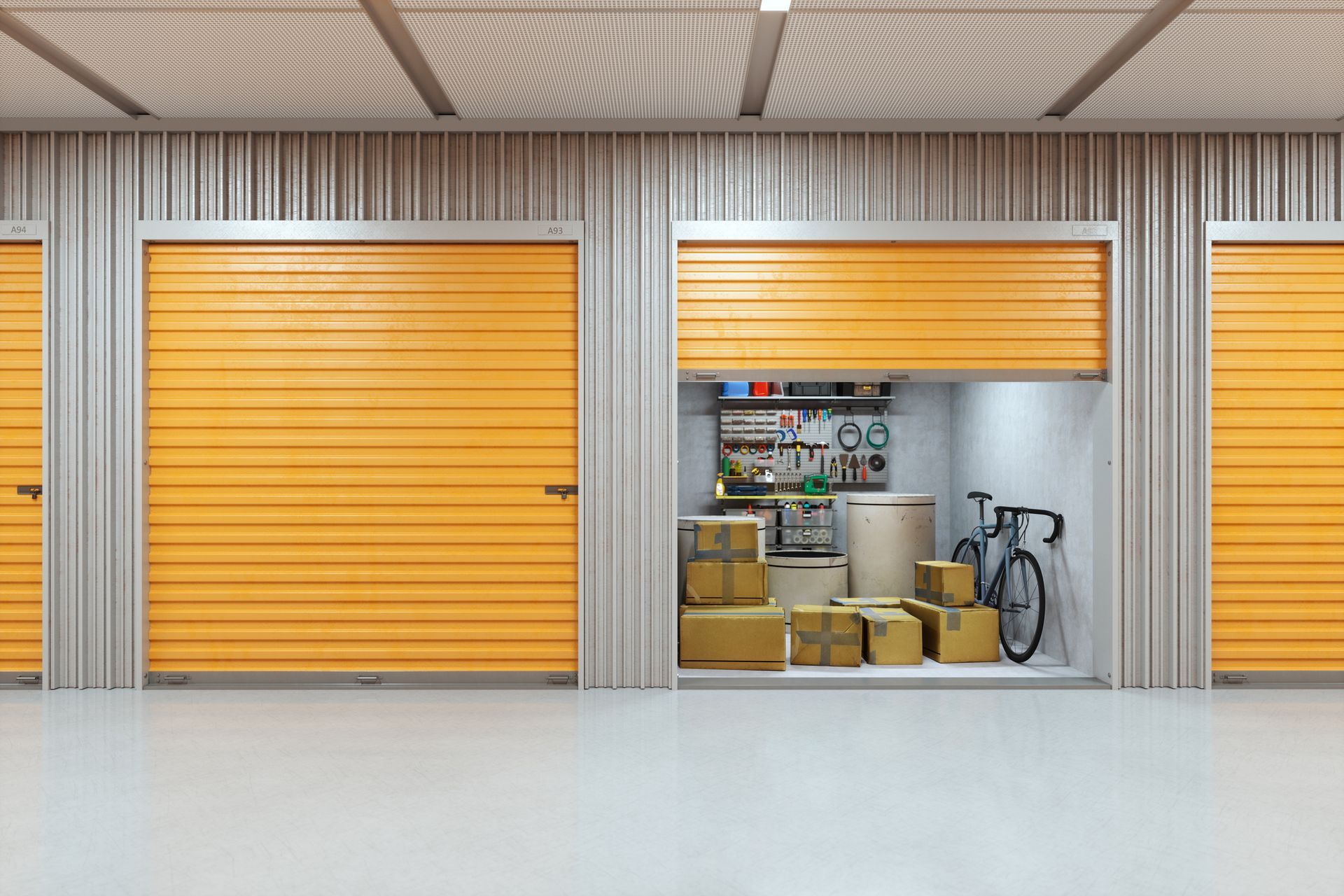
Storage units play a pivotal role in our lives, serving as a temporary home for those belongings that may not fit our living space. But what happens when you start to organize and find that your once-spacious unit has turned into a labyrinth of boxes, furniture, and other miscellaneous items that are impossible to locate? It's not a dream scenario, that's for sure. This guide is your ticket to transforming your cluttered cavern into a well-organized haven where everything has its place.
The familiar promise of a storage unit can often be summed up in two aspects: security and space. But if we neglect to maintain one, the other loses its luster. The security of a unit is only as good as the organization within, making it crucial for renters to understand the importance of maintaining a method within the madness. Here, we'll explore the essential steps to organizing any storage unit.
Planning Your Storage Space
Before you start stacking boxes haphazardly, adopt a strategic approach. Planning is the first – and most crucial – step in the organizational process. It saves time and energy in the long run and ensures that every square foot is used efficiently, maximizing your storage space.
Assessing Items for Storage
Begin by categorizing your belongings into groups based on how often you need them. Items you use monthly or more should be accessible at the front of the unit, while those you use seasonally can be placed towards the back. Consider how heat, humidity, or lack of light might impact sensitive or valuable items.
Creating a Layout Plan
Sketch out a rough plan of where you intend to place different groups of items. This could be as simple as making a list of sections with general purposes or as detailed as plotting out each square foot with potential arrangements. The key is to have a plan that you can refer back to.
Organizational Tools and Techniques
Storage units are blank canvases awaiting your creative touch. With the right tools, you can turn a typically disorganized space into a model of order.
Storage Containers and Labeling
Invest in high-quality, uniform storage containers. Transparent or clear ones are beneficial, as they allow you to see what's inside without having to open each box. Use a consistent and easy-to-read labeling system, such as a permanent marker or printed labels affixed with clear tape.
Shelving Systems and Racks
Shelving is a game-changer in creating additional, accessible storage space. For heavy or irregularly shaped items, consider wire or heavy-duty plastic shelves. If your items can hang, utilize wall space with hooks, pegboards, or bike racks.
Utilizing Vertical Space
In a tight storage space, every inch counts. By stacking containers and installing tall shelving, you can use the vertical space. Just be sure the heaviest items are at the bottom and that all stacks are stable and secure.
Maximizing Space Efficiency
With a clear plan and the right tools, it's time to get down to the nitty-gritty of placing your items in the most space-efficient manner.
Categorizing Items
Group your items into logical categories, whether by frequency of use, size, or purpose. Keep related items together to make finding and retrieving them easier. For example, all holiday decorations might go in a large bin labeled 'Holidays.'
Creating a Map of Your Storage Unit
Once you have categorized your items and decided on their placement within the storage unit, draw up a simple map. This doesn't have to be a work of art or architecturally accurate. A basic sketch with labels will do wonders for keeping your organization plan clear and manageable. Indicate where each category of items is located, such as where the 'Holidays' bin is placed. Mark areas that are reserved for specific purposes, like an aisle for easy access or a corner dedicated to oversized items.
This map will serve as a quick reference whenever you need to find something or decide where new items should go. Make sure to update it if you move things around to maintain its usefulness. With this visual guide, maneuvering through your storage unit becomes straightforward, saving you time and effort in the long run.
Keep a Master List of Stored Items
As you pack and organize your storage unit, keep a list of all the items you place inside. It can be as simple as jotting down each item on a notepad or as organized as using a spreadsheet. The important thing is to have a record of what's in your unit.
This master list will come in handy when you need to retrieve specific items from your storage unit. Instead of rummaging through boxes and bins, you can refer to your list and locate the exact box or bin that contains what you need.
Additionally, this list helps you keep track of your belongings, especially if you have multiple storage units or share one with someone else. You can easily cross-reference your inventory list with theirs to avoid any confusion or misplacement.
Stacking and Grouping Strategies
Place heavy, durable items on the bottom and lighter, more fragile ones on top. Group smaller containers into larger ones to keep them from rolling or becoming separated—place items you'll need to access the most towards the front and on the top of stacks.
Maintaining Organization
Storage units are not set-it-and-forget-it solutions. They require maintenance and the occasional adjustment. Here's how to keep your unit in top shape.
Regular Decluttering
Plan regular visits to your storage unit to reassess your belongings. If you last used something a year ago, consider whether you need to keep it. Regular decluttering will prevent your unit from becoming a catch-all for items you no longer need.
Label Maintenance and Updates
Over time, labels can become obscured, or supplies can shift around, leading to a disorganized mess. Periodically check and update your labels to ensure everything is still clearly marked.
Preventing Clutter Buildup
The adage 'a place for everything, and everything in its place' couldn't be more relevant. Be diligent about returning items to their designated spot after use. By doing so, you prevent small messes from spiraling out of control.
Working with a Hauling Company to Clear Out Clutter
Consider working with a professional junk and hauling service like A-1 Hauling for the items you no longer need. We can assist with the removal of more oversized items, saving you time and effort while helping you keep your storage unit free of clutter.
Work with A-1 Hauling Today!
Organizing a storage unit is not just about tidiness but functionality and effective use of space. With careful planning, the right tools, and consistent effort, you can maintain an organized storage space that serves you well over time.
To get further help clearing significant clutter from your unit, consider the professional assistance provided by A-1 Hauling. We make decluttering and managing junk a breeze, ensuring your storage unit remains an efficient space for your needs.
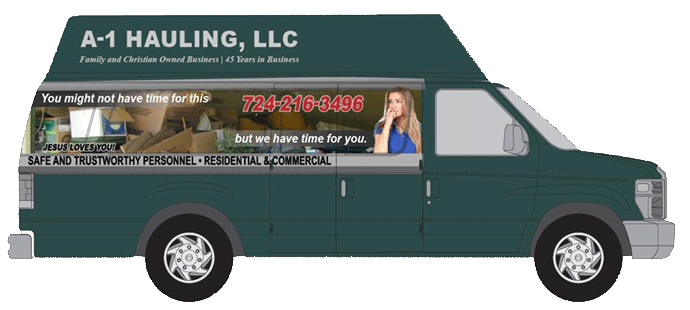
Author: Ed Wilkins
Ed Wilkins is the founder and owner of A-1 Hauling, a company celebrated for its integrity and dedication to providing top-notch hauling services. With a foundation built on honesty, trustworthiness, and hard work, Ed and his team have earned a reputation for delivering safe, gentle, and stress-free services to their clients.
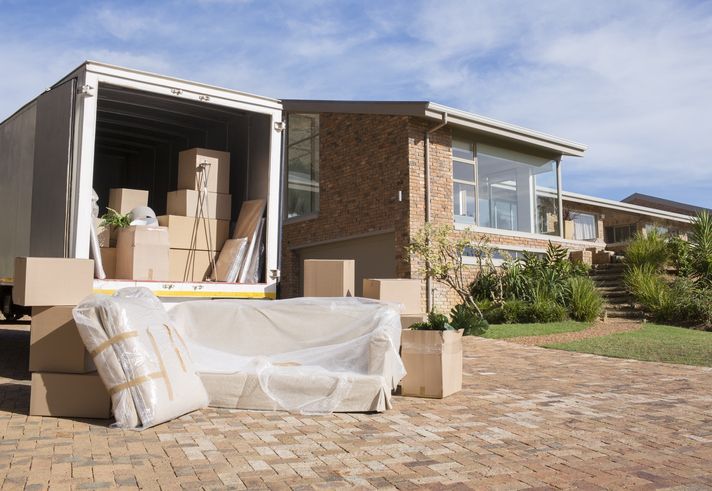
WHERE TO FIND US
116 Hawthorne Court
Delmont Pa, 15626
CONTACT
(724) 216-3496
ACCEPTED PAYMENTS:
Cash, Major Credit Cards
Copyright © 2022 A1 Hauling Pittsburgh Website Design by Higher Images Inc




